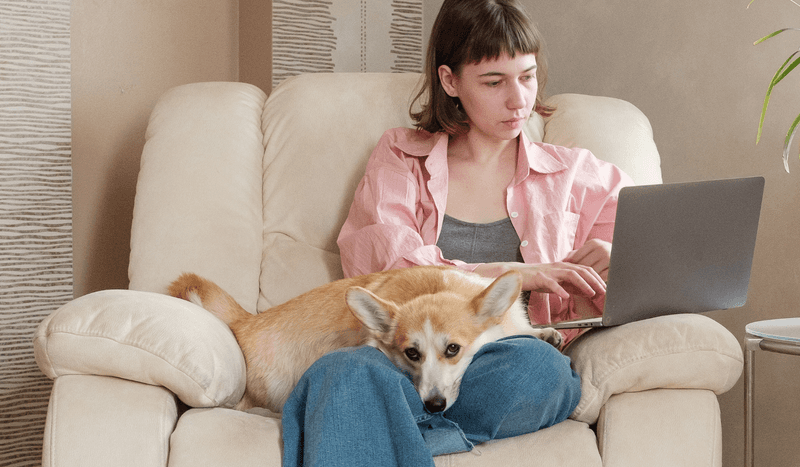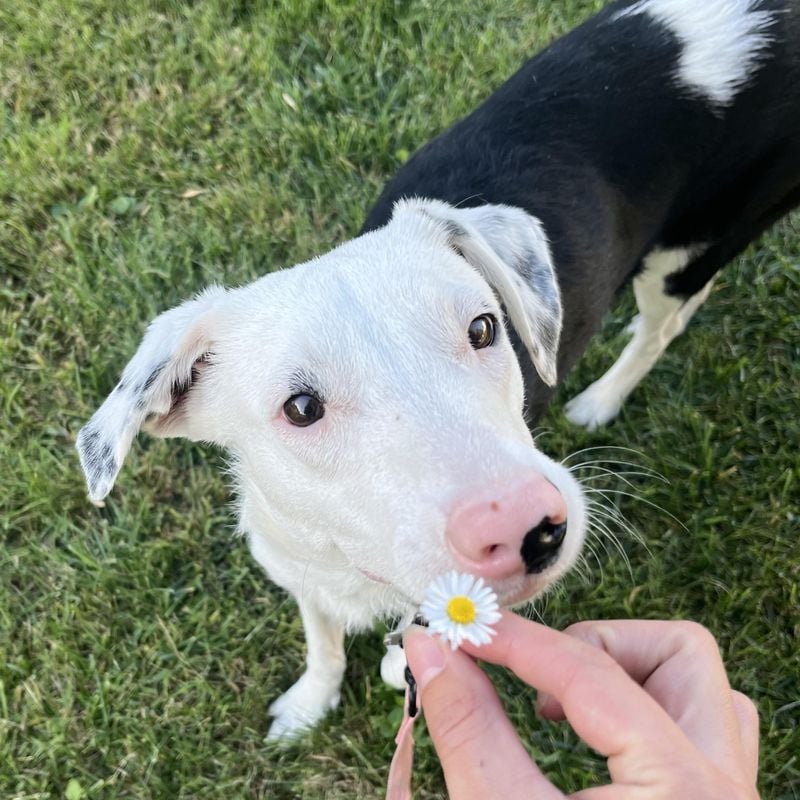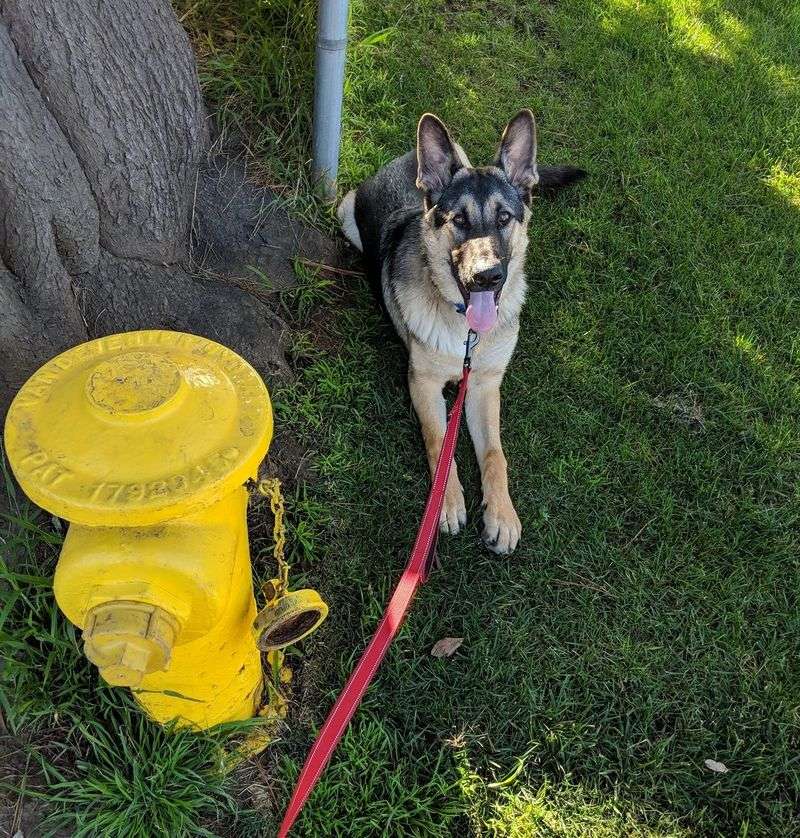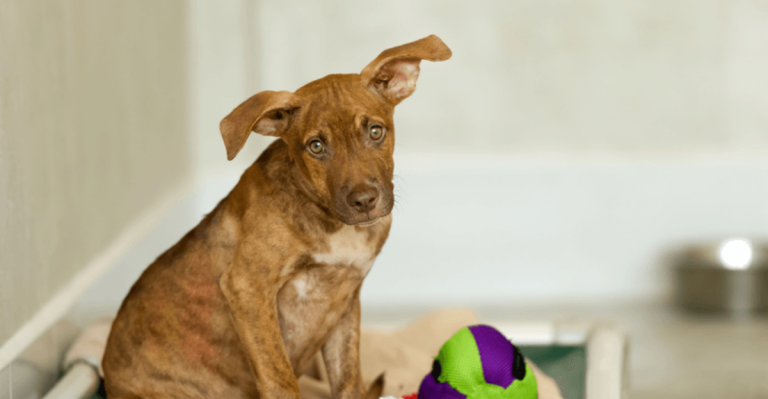11 Things No One Tells You About Fostering a Dog (But Should)
Opening your home to a foster dog is one of the most rewarding experiences a pet lover can have. It’s more than just giving a dog a temporary place to sleep—you’re offering a safe haven, a second chance, and a stepping stone toward a forever home. In many cases, you’re literally saving a life that might otherwise be lost in an overcrowded shelter or difficult environment.
Fostering is heartwarming, inspiring, and deeply fulfilling—but it’s not always easy. Behind those adorable “adoption day” photos and happy-ending videos are early mornings, chewed shoes, emotional goodbyes, and lessons you didn’t know you’d need to learn. Every dog comes with its own history, personality, and needs. And every foster parent learns quickly that flexibility, patience, and a good sense of humor are essential tools of the trade.
Whether you’re looking to dip your toes into pet parenthood or you’re an experienced dog lover hoping to make a difference, fostering is a meaningful way to help. But the more you know going in, the better prepared you’ll be—for the joys, the messes, and everything in between.
Here are 11 things you should know before welcoming your first foster pup through your front door.
1. Your Heart Will Expand (And Break a Little)
The emotional rollercoaster of fostering catches most first-timers off guard. You’ll fall in love faster than you expected—sometimes within hours of your foster dog’s arrival.
The bond forms quickly as you witness their personality emerge from beneath layers of shelter stress or past trauma. Many foster parents experience what they call “foster fail” temptation, that overwhelming urge to adopt their temporary charge.
Yet the bittersweet goodbye is part of the process. Remember that each goodbye makes room for another life to be saved, turning that heartache into something beautiful.
2. The First Week Is Chaos (Not Instagram-Worthy)
Nobody posts about those initial days when your foster dog might hide under furniture, have accidents indoors, or bark at every unfamiliar sound. The adjustment period is messy, unpredictable, and sometimes frustrating.
Your new houseguest doesn’t know your rules or routines yet. They might test boundaries, chew inappropriate items, or struggle with separation anxiety. Sleep disruption is common as many dogs pace, whine, or need midnight potty breaks during this transition.
Give yourselves grace during this period—it gets better! Most dogs settle into routines within 2-3 weeks as they learn to trust their new environment.
3. Your Home Will Need More Prep Than Expected
Foster dogs investigate everything with their mouths! Even if you’ve had dogs before, you’ll suddenly notice all the hazards you never spotted: loose cords, accessible trash cans, toxic houseplants, and small chewable objects.
Secure cabinets containing chemicals, medications, and foods like chocolate or xylitol that are toxic to dogs. Consider your furniture too—some fosters may not be housetrained or might mark territory, so waterproof covers for sofas and beds are wise investments.
Baby gates become essential tools for gradually introducing your foster to different areas while maintaining safe boundaries during the transition period.
4. You’ll Become a Part-Time Detective
Foster dogs arrive with mysterious backgrounds and unspoken stories. You’ll spend weeks decoding subtle behaviors—why does she cower when you pick up a broom? Why does he guard his food bowl or bark at men with beards?
Observation becomes your superpower. You’ll notice patterns in triggers that cause fear or anxiety, preferences that bring comfort, and the gradual timeline of trust-building. This detective work proves invaluable for potential adopters.
Keep a journal documenting your foster’s quirks, progress, and breakthroughs. These insights help match them with the right forever family and ease their transition to permanent homes.
5. Your Budget Will Feel the Impact
While rescue organizations typically cover major medical expenses, many foster parents find themselves spending more than anticipated on their temporary guests. Those specialty foods for sensitive stomachs, replacement toys when the first ones are destroyed, and extra cleaning supplies add up quickly.
Gas expenses increase with trips to veterinary appointments, meet-and-greets with potential adopters, and training classes. Some foster dogs need anxiety aids, special harnesses, or behavioral tools not covered by the rescue.
Track these expenses—they’re often tax-deductible as charitable donations! Speak with your rescue organization about reimbursement policies before making significant purchases.
6. Your Schedule Suddenly Revolves Around Potty Breaks
Freedom disappears when fostering a dog with unknown bathroom habits. Spontaneous plans become complicated as you calculate how long your foster can reasonably hold their bladder.
Many foster dogs haven’t lived in homes before and don’t understand indoor/outdoor boundaries. You’ll find yourself setting alarms for middle-of-the-night bathroom trips, rushing home during lunch breaks, and planning outings around potty schedules.
Weather becomes a significant factor too—those quick potty breaks feel much longer during rainstorms or winter months! Invest in good rain gear and consider creating a sheltered potty area for challenging weather days.
7. You’ll Become a Social Media Marketing Expert
Finding the perfect forever home for your foster often falls partly on your shoulders. Suddenly you’re staging adorable photo shoots, writing compelling adoption profiles, and sharing posts across every platform imaginable.
You learn which angles make your foster look most adoptable and which quirky behaviors make for engaging video content. Friends might grow weary of your constant dog updates, but those posts help find potential adopters.
Ask for help if marketing isn’t your strength! Most rescue organizations have volunteers who can assist with professional photos or writing adoption bios that highlight your foster’s best qualities.
8. Your Other Pets May Stage a Rebellion
Resident pets often struggle with temporary housemates more than we expect. Your normally well-behaved cat might start inappropriate elimination, or your resident dog could become possessive over toys they previously ignored.
Resource guarding, territorial behaviors, and jealousy commonly emerge when introducing foster dogs. The stress of a new animal disrupts established hierarchies and routines. Your longtime pets may seem to hold a grudge against you for bringing this interloper into their domain!
Create separate spaces and schedule one-on-one time with resident pets to reassure them of their permanent status in your heart. Slow, supervised introductions prevent many conflicts from escalating.
9. Your Neighbors Will Have Questions (Lots of Them)
The parade of different dogs coming and going from your home raises eyebrows in most neighborhoods. Prepare for curious inquiries, well-meaning concerns, and occasional judgment about your revolving door of canine companions.
Some neighbors worry about safety, especially with larger breeds or dogs with behavioral challenges. Others might report barking or express concern about property values. The constant stream of potential adopters visiting your home adds another layer of neighborhood visibility.
Consider creating an information card explaining foster care that you can share with neighbors. Building community support makes fostering easier and might even recruit new foster homes!
10. Your Communication Skills Will Be Tested
Rescue organizations vary dramatically in their support levels, responsiveness, and resources. You’ll need to advocate clearly for your foster dog’s needs while navigating sometimes frustrating bureaucracy or slow response times.
Medical concerns require prompt attention, yet you might wait days for approval for vet visits. Behavioral issues need expert guidance, but trainers may be overbooked. Potential adopters ask questions you can’t answer about the dog’s future with the organization.
Establish clear communication channels with your rescue contact before bringing home your foster. Understanding the chain of command for different situations (medical emergencies versus routine questions) prevents misunderstandings later.
11. Your Definition of Success Will Transform
Most new foster parents imagine quick, seamless adoptions into perfect homes. Reality teaches a different lesson about what constitutes success in fostering.
Sometimes success means watching a terrified dog make eye contact for the first time after weeks of patience. Other times it’s celebrating when a reactive dog can finally walk past triggers without lunging. The victories often appear small to outsiders but represent mountains of progress to those who understand the journey.
Redefine your expectations around timelines too. Some dogs find homes quickly while others need months of rehabilitation before they’re ready—both scenarios represent successful fostering experiences.

















